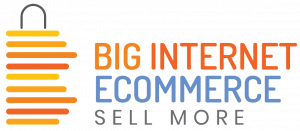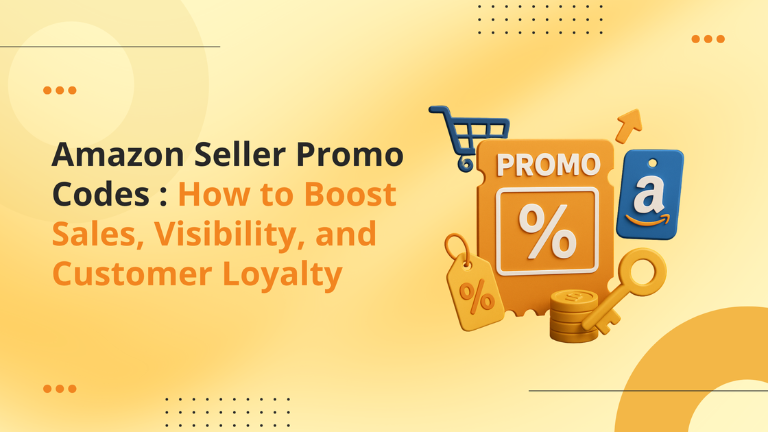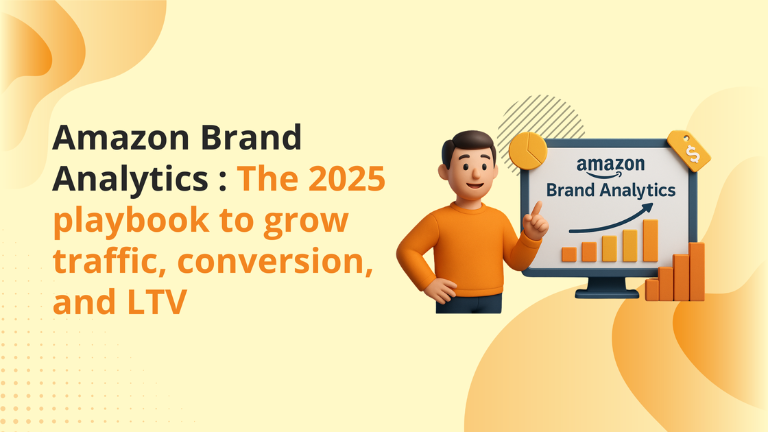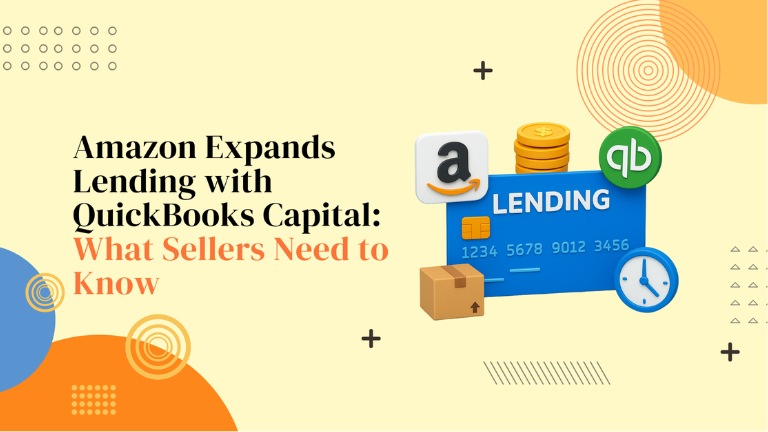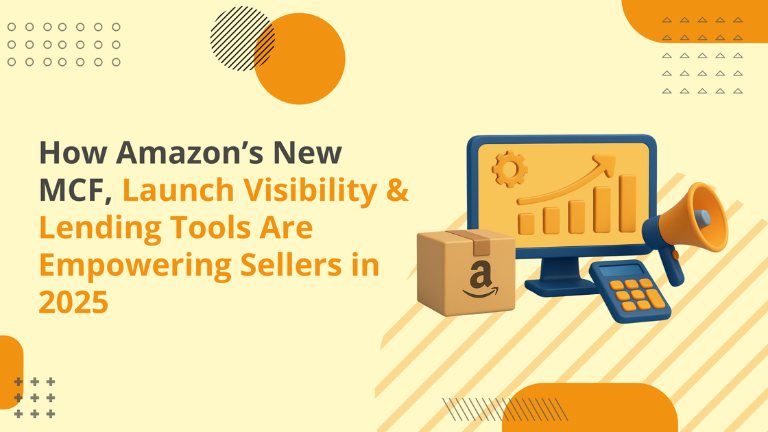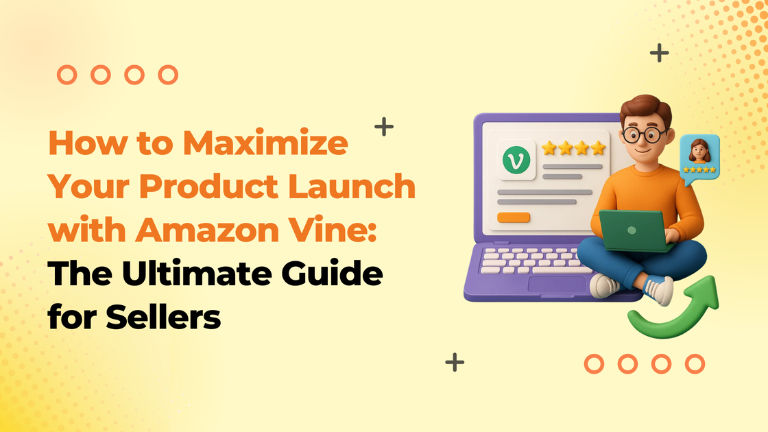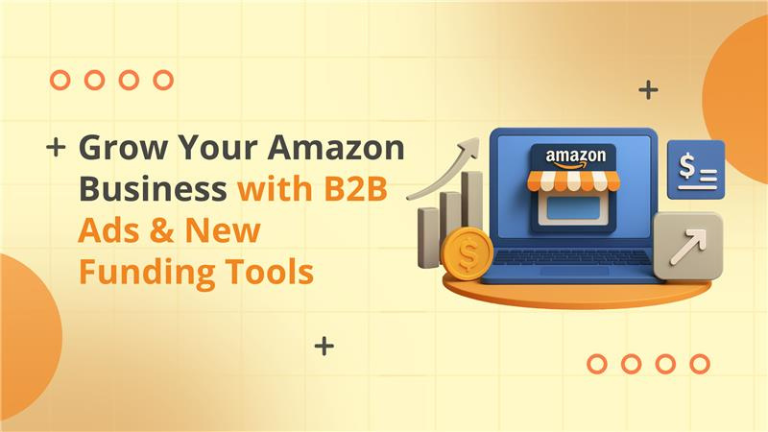Amazon Seller Promo Codes: How to Boost Sales, Visibility, and Customer Loyalty
Shoppers may love discounts, but sellers love conversions — and Amazon promo codes deliver both. Amazon’s built-in Promotions tool lets sellers create claim codes (or promo codes) that drive sales, reward loyalty, and help clear inventory strategically. Whether you’re launching new products, moving seasonal stock, or collaborating with influencers, promo codes are one of the most cost-effective ways to grow your brand visibility and customer base. We’ll explore what Amazon promo codes are, how they differ from coupons or deals, when to use them, and step-by-step instructions to create your own high-performing promotion. What Are Amazon Promo Codes? Amazon promo codes — or claim codes — are unique alphanumeric codes that buyers enter at checkout to redeem a discount. These can be tied to either a percentage-off or Buy One Get One (BOGO) promotion. There are two types: Single-use claim codes: Unique to each customer, perfect for loyalty or influencer marketing. Group claim codes: Shared publicly and can be used by anyone (limited to one use per customer if you choose). Promo codes can be created and tracked directly in Seller Central → Advertising → Manage Promotions. Promo codes offer the most flexibility — ideal for social, influencer, or seasonal campaigns. Benefits of Using Amazon Promo Codes Target new audiences: Reach niche customer groups via social media or affiliate links. Boost conversions: Give hesitant buyers a reason to complete checkout. Reward loyal customers: Offer single-use codes for repeat purchases. Measure ROI: Track redemptions to see which channels perform best. Move inventory fast: Clear overstock without publicly slashing prices. Data shows that time-sensitive offers increase conversion rates by 25–40%, especially during high-traffic events like Black Friday or Prime Day. When Should You Create Promo Codes? Use promo codes strategically, not constantly. Ideal situations include: Slow sales periods — to stimulate purchases. Product launches — to drive awareness. Holidays and events — when customers are deal-hunting. Overstock clearance — to move older inventory. Influencer campaigns — track performance across audiences. How to Create Amazon Promo Codes (Step-by-Step) Go to Seller Central → Advertising → Manage Promotions. Choose Create a new promotion. Select either Buy One Get One (BOGO) or Percentage-Off. Set eligibility, start/end dates, and claim code type. Create single-use or group claim codes. Review and submit for approval. Once live, you can view performance in Manage Your Promotions, tracking orders, redemptions, and campaign results in real time. Pro Tips for High-Converting Promo Codes Keep them time-sensitive to create urgency. Highlight the promo on social posts, A+ content, and product listings. Use single-use codes for VIP or influencer promotions to prevent misuse. Bundle complementary products for higher order values. Track redemption trends and replicate top-performing campaigns. Why Promo Codes Matter for Long-Term Growth Promo codes don’t just create short-term sales spikes — they help build brand trust and repeat business. By offering exclusive, trackable discounts, sellers create positive buying experiences that lead to stronger customer relationships, better feedback, and improved brand visibility. How Big Internet Ecommerce Can Help At BigInternetEcommerce.com, we help sellers do more than just create discounts — we help them create strategies. Our team can: Set up promo campaigns that sync with inventory and ad plans. Track redemption data to measure ROI. Coordinate influencer campaigns with unique promo tracking. Help optimize pricing, visibility, and conversions during key shopping seasons. Schedule your strategy session with Big Internet Ecommecre. Let’s plan your next Amazon promotion for measurable growth. Follow Big Internet Ecommerce (BIE) on Instagram & LinkedIn to stay updated with the latest trends in Amazon selling.
Amazon Seller Promo Codes: How to Boost Sales, Visibility, and Customer Loyalty Read More »

